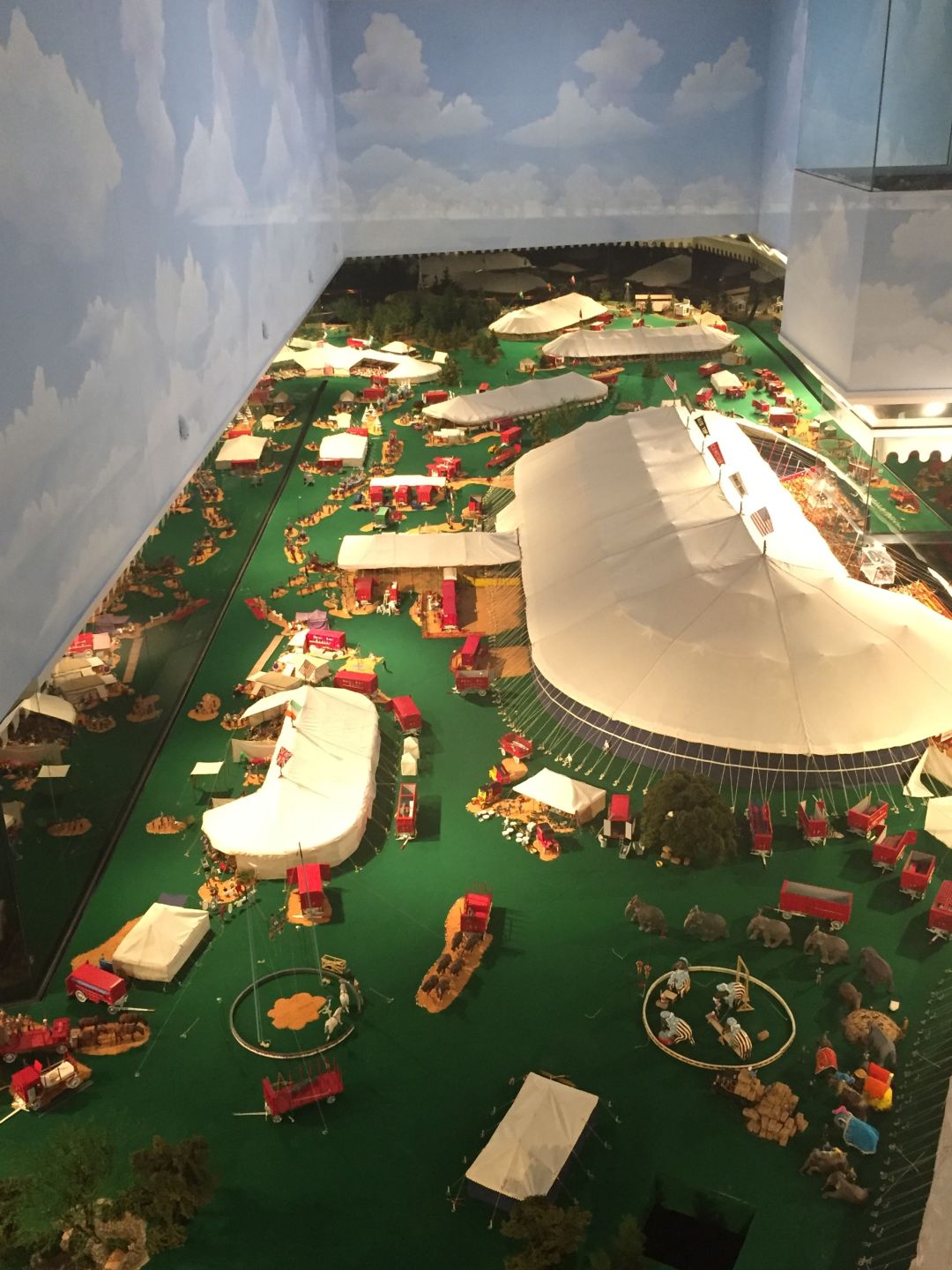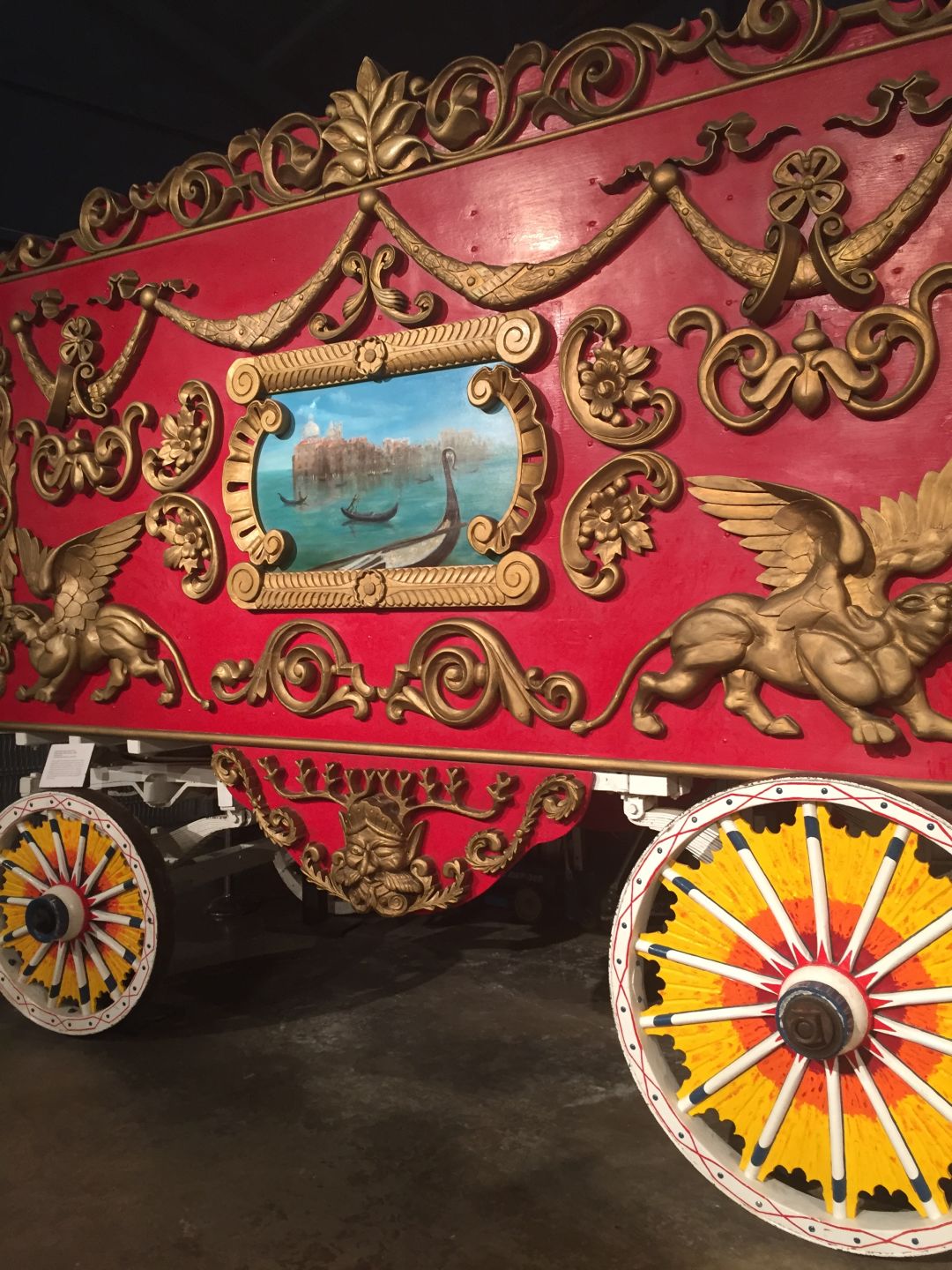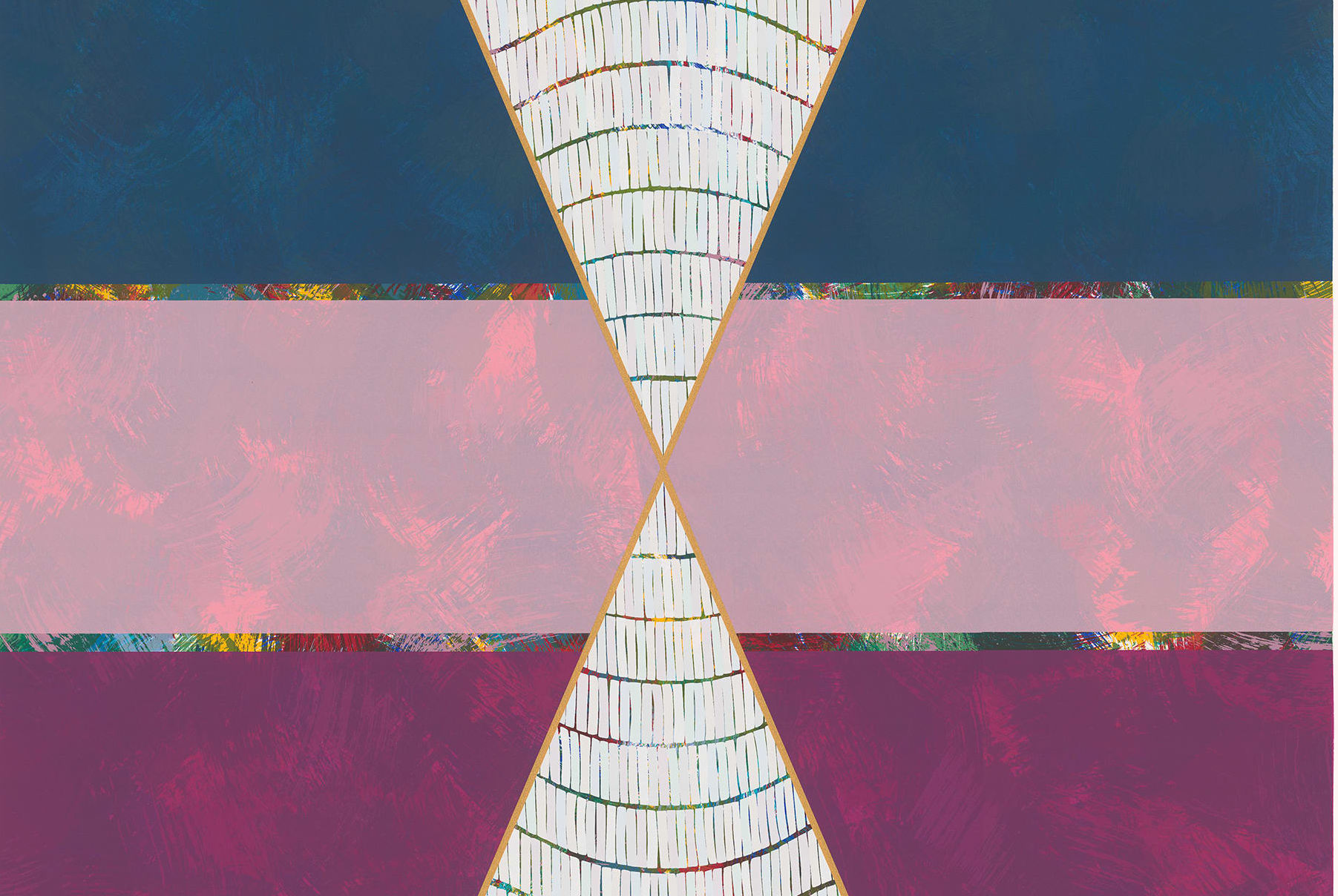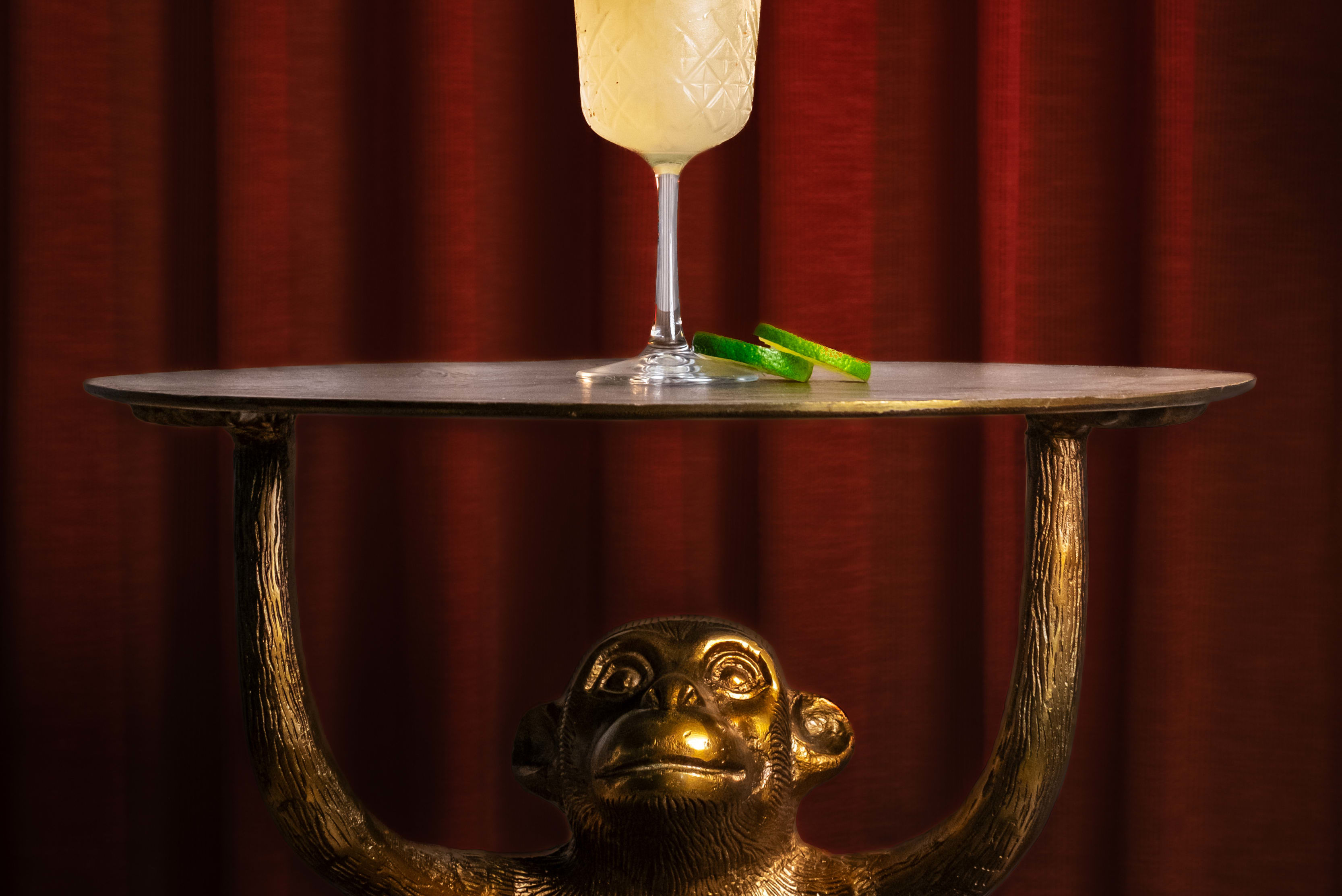A Peek At What's Underneath the Big Top at Ringling's Circus Museum

An original circus poster.
Image: Stephanie Hagan
The Circus Museum at the Ringling has everything under the “Big Top” for visitors of all ages to experience.
Ever since John Ringling and his family moved the winter quarters of Ringling Bros. and Barnum & Bailey Circus to Sarasota in 1927, Sarasota has had a rich connection to the circus. The Circus Museum strives to recount the legends of the circus in two buildings, the Tibbals Learning Center and the Original Circus Museum.
The Tibbals Learning Center is jam-packed with relics, memories and stories of the circus. The first thing you’ll see after walking under the white-and-red Big-Top tarp is the wall-to-wall mural depicting the Ringling Bros. and Barnum & Bailey Show of the 1960s and 1970s. From the mural you can meander down a great hall that's currently displaying original posters from the past circus shows as part of the special exhibition, Amazing Acts of the Greatest Show on Earth.

An original circus costume.
Image: Stephanie Hagan
The whole building is centered around the Howard Bros. Circus Model, a 44,000-piece miniature re-creation that slowly unwraps the story of what happened when the Ringling Bros. and Barnum & Bailey Circus came to town between 1919 to 1938. As you walk around the scenes, iconic circus music, various animal noises and the voices of an excited audience paired with the shouts of the ringmaster are wafting out from the speakers to give you a more realistic feel. If you weren't around to see the traveling circus in person, you can almost relive the scenes through the eyes of the miniature characters.

A scene from the Howard Bros. Circus Model.
Image: Stephanie Hagan
The Learning Center also has an interactive gallery allowing you walk the wire, pose on a faux horse and next to a faux tiger, and fold yourself into a clown car. There are also replicas of people performing stunts, and costumes on display worn by the performers and the elephants. The second floor of the center focuses on the history behind the start of the circus and includes a collection of rare artifacts from the performing days, such as some of the original elaborate outfits the performers wore and more miniature figurines depicting the life of the circus.
Once you have finished with the Tibbals Learning Center, the Original Circus Museum is just down the paved path and to the right. Created in 1948, this museum was the first to document the history of the circus. The museum looks like a small gallery at first, its brightly colored walls peppered with framed posters and newspaper clippings, but it opens up into a large warehouse that holds the iconic railroad car pieces you might recognize from a Barnum & Bailey’s animal crackers box.
The Ringling family’s original railroad car, called the “Wisconsin,” is there to peek into, and there are multiple original pieces of the train that transported the circus empire, including animal cages, parade wagons, a ticket wagon and a utility wagon. The room is also littered with performing props and tall paintings that depict some of the original performers. My favorite—the bearded lady.

A parade wagon from the train transporting the Ringling Bros. and Barnum and Bailey Circus empire.
Image: Stephanie Hagan
Separately, the two museums are not very large, but there’s a lot to see and learn about the history of the circus.
More information on ticketing and hours of the museum can be found here.



